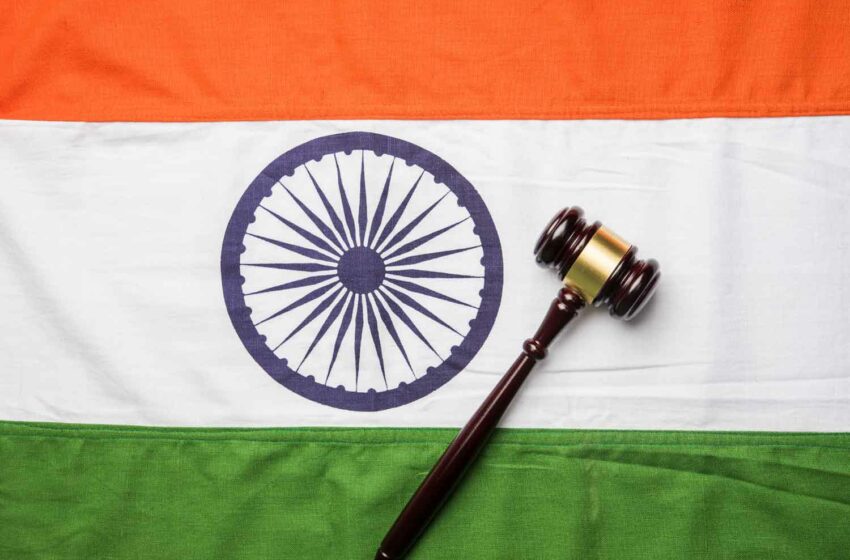Our U.K. editor ponders the absence of health warnings on his calorie-laden ice cream bar
 Recently, I had an ice cream bar from a stash in our freezer. I appreciate the own-brand product in question because the supermarket that offers it has gone to the trouble of catering for vegans such as me and is offering a tasty ice cream bar whose production is almost certainly more environmentally friendly than that of the usual animal-products-based ice cream bars. And while the vegan ice cream bars are wrapped in nonrecyclable plastic, the wrapping is thin, and the whole is offered in a recyclable cardboard box.
Recently, I had an ice cream bar from a stash in our freezer. I appreciate the own-brand product in question because the supermarket that offers it has gone to the trouble of catering for vegans such as me and is offering a tasty ice cream bar whose production is almost certainly more environmentally friendly than that of the usual animal-products-based ice cream bars. And while the vegan ice cream bars are wrapped in nonrecyclable plastic, the wrapping is thin, and the whole is offered in a recyclable cardboard box.
What’s not to like? Well, when I opened the box, the contents looked as if somebody fairly large had sat on it with intent. Packaging is supposed to protect products, but it cannot work miracles, and there must be a complex set of calculations that would have to be made to determine what is the ideal strength and efficacy of packaging, taking into account such things as the need to maintain product integrity in the supply chain, the danger of waste, the need to protect the consumer’s image of a brand, costs versus benefits, and a whole slew of factors impacting the environment.
Frankly, despite the forlorn appearance of my squashed ice cream bar, I cannot help thinking that the packaging of this own-brand was just about right. The type of packaging that would have been needed to protect the ice cream bars from the sort of pressure my box came under would make them too expensive at retail and far too damaging to the environment.
But there was something else about this packaging that made me think. Why was there no health warning on it? I’m sure these ice cream bars could become “addictive,” which means I could become obese eating them; so, using the sort of logic applied to cigarettes, these ice cream bars could kill—me, for one! Cigarette packs are strewn with huge, grizzly warnings while ice cream bar packs are not, which is perhaps part of the reason why only about 14 percent of adults in the U.K. smoke while more than 50 percent are overweight or obese.

I have lived a long time, but I have never seen teeth so badly damaged as some of those depicted on cigarette warning labels.
Okay, you might argue, cigarette consumption causes all manner of health issues—but then so does being overweight or obese. According to my rough-and-ready research, smoking is associated with 16 cancers, but being overweight or obese is associated with 12 cancers. And take a look at our current situation. I see a lot of stories about how smokers who contract Covid-19 are at higher risk of severe outcomes than others in the population, though these reports are often quiet on smokers’ risks of contracting the disease in the first place. But, in fact, “increased body weight is the second greatest predictor of hospitalization and a high risk of death for people suffering from Covid-19,” according to the World Obesity Foundation website.
And what is the greatest factor? Smoking? No, age.
So why are there health warnings on cigarettes and none on the sorts of food associated with overweight and obesity. One argument could be that you can eat sugary and fatty foods sensibly and not become overweight or obese just as, according to the government, you can—don’t laugh—drink alcohol responsibly. This, I imagine, is poppycock. The ideas that you couldn’t safely consume one cigarette a day, but you can consume one ice cream bar or one glass of wine and not be tempted to have another, are beyond reason to my way of thinking.
Am I advocating sensible, responsible smoking? No. Definitely not. But then I wouldn’t encourage either the responsible drinking of alcohol or the sensible consumption of ice cream bars.
What I find unacceptable is the fact that while the packaging of other consumer products that raise serious health concerns bear more or less no ill-health messages, cigarette packaging does have such messages, and many of those messages, I suspect, are bogus. The trouble is that on cigarette packs that I see, there is no indication of what percentage of smokers ever suffer from the types of complaints depicted or what proportion of smokers suffer those complaints to the level depicted, so what is being conveyed in many of these graphic warnings is misleading at best, wrong at worst.
One example comprises some of the oral problems portrayed. I have lived a long time, but I have never seen teeth so badly damaged as some of those depicted on cigarette warning labels. In this case, I have to assume that such afflictions affect only a small proportion of smokers, so, to my way of thinking, this should be stated on the warnings. That way, smokers might take note.
At the same time, it might be worth pondering whether ice cream bars are good for your teeth.
Oh yes, and one other thing. Purely by chance, I wrote this piece on World No Smoking Day, March 10, so I thought I might check whether there was a similar day in the calendar for obesity. There isn’t. Well, that’s not quite true. There is no World No Obesity Day nor any World No Eating Day. But there is World Obesity Day (March 4 this year), which sounds odd to my way of thinking—almost as if it’s a celebration. —George Gay








